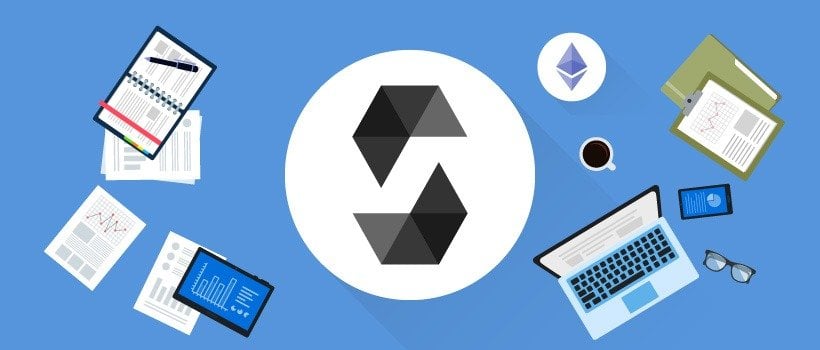
The statically typed Solidity language has been created by Ethereum’s team and introduced in 2014. It is object-oriented, supports libraries and inheritance. While there were more Ethereum programming languages, Solidity stayed as the main one. Therefore, if you wish to work with Ethereum and smart contracts, you definitely should learn Solidity,
Blockchain technology has taken the world by storm in the last decade. Basically, it is a digital information database with public access. Users value it for privacy, as they are identified by usernames or digital signatures only. Blockchain is also decentralized: there is no central server or authority.
Working with Blockchain used to be a hassle, as it required extensive coding knowledge. Then, Ethereum was introduced.
Ethereum virtual machine (EVM) is a platform that makes creating decentralized applications easier. It is global, so you can access projects from anywhere in the world. Ethereum users work to earn tokens called Ether. There is also a second type of token called gas, which is used for the transaction fees.
If you are wondering how to learn Solidity faster, the secret might lie in having some coding background. The Solidity language syntax is similar to JavaScript. C++ and Python have had their influence on it as well. Therefore, knowing the basics of these languages would be useful as you learn Solidity.
Why You Should Learn Solidity: Purpose and Use
Before you read how to learn Solidity, you should understand what makes it superior to other Ethereum programming languages. Let’s review its main advantages:
- Functional: Solidity language is used for smart contracts. This mostly takes care of money-related needs (such as auctions, crowdfunding, or wallets with a multi-signature feature). However, you can create other decentralized applications too (say, for voting).
- Promising: the world spends billions on blockchain solutions every year. While most of it comes from financial companies, all kinds of businesses use Blockchain. That puts skilled Solidity developers in extremely high demand.
- Flexible: you can use a Remix online compiler or download a command-line compiler on your PC to write smart contracts. Both of these options are absolutely free.
- Improving: Solidity language updates, such as new features and bug fixes, are introduced constantly.

- Easy to use with a learn-by-doing approach
- Offers quality content
- Gamified in-browser coding experience
- The price matches the quality
- Suitable for learners ranging from beginner to advanced
- Free certificates of completion
- Focused on data science skills
- Flexible learning timetable

- Simplistic design (no unnecessary information)
- High-quality courses (even the free ones)
- Variety of features
- Nanodegree programs
- Suitable for enterprises
- Paid Certificates of completion

- A wide range of learning programs
- University-level courses
- Easy to navigate
- Verified certificates
- Free learning track available
- University-level courses
- Suitable for enterprises
- Verified certificates of completion
Where to Start
Learning Solidity might seem confusing at first. Here are a few suggestions to give you a jump start:
- If you need more context, start with reading more about Ethereum and blockchain technology. The more you understand it, the better you know what you should expect from an Ethereum programming language.
- Read about smart contracts and see an example of one written in Solidity. Reading the line-by-line explanation will help you understand how it works.
- Get familiar with the Solidity compilers you can use. Remix is a great choice for beginners: it’s free and easily accessible in your browser.
- If you are not familiar with other ECMAScript-based languages (such as JavaScript), see Solidity language syntax tutorial.
- Learn Solidity the fun way with gamified BitDegree courses. If you prefer traditional video lessons, check out this decentralized application making course.
What You Will Learn
Learning Solidity will be much easier if you understand where you’re going to apply your new knowledge. Therefore, using the tutorials we have prepared, you will get familiar with both Solidity and its context.
First, we will be covering all the basics on blockchain development and Ethereum virtual machine. Then we’ll go on to all the elements that make up the Solidity language. You will also see its usage in code examples.
After you cover the basics, all your questions about Ethereum, Solidity and other blockchain concepts should be answered. However, you might want to try some more extensive coding exercises. In that case, interactive Solidity courses would be a great choice. Writing your own smart contracts, you will gain both knowledge and real coding skills.
 HTML
HTML  CSS
CSS  PHP
PHP  JavaScript
JavaScript  SQL
SQL  Bootstrap
Bootstrap  Solidity
Solidity  jQuery
jQuery  Git
Git  Chrome DevTools
Chrome DevTools  C++
C++  Python
Python 



